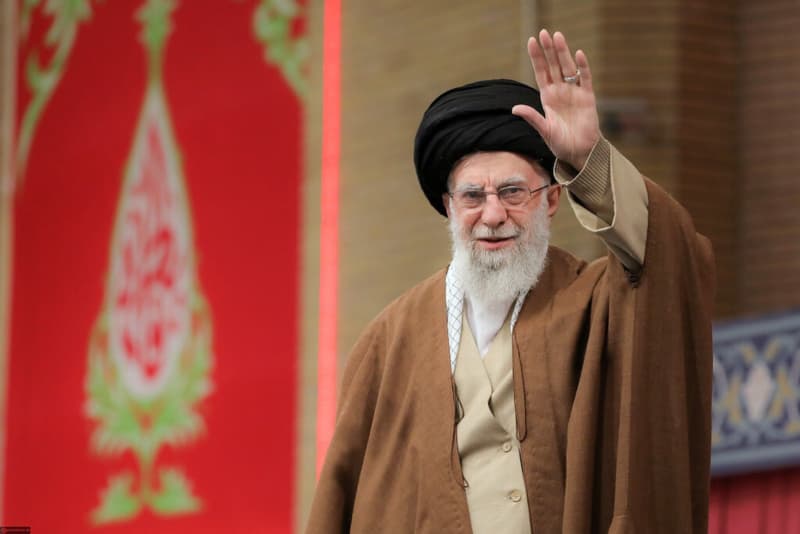Iran’s Supreme Leader, Ayatollah Ali Khamenei, has voiced his expectation of a resurgence in resistance among Syrian youth against the emerging leadership structures following the ousting of President Bashar al-Assad. Speaking at a religious ceremony in Tehran, Khamenei emphasized that he anticipates the formation of a new resistance movement, reflecting underlying dissatisfaction with the shifts in governance that have resulted from the Syrian conflict. He pointed out that the youth, in particular, would spearhead this resistance, motivated by a desire to reclaim security and stability from those they believe have jeopardized their nation’s future over the years. Khamenei’s comments suggest a deeper ideological fight is underway, as many Syrians grapple with the repercussions of a prolonged and violent insurrection against Assad’s regime.
The fall of al-Assad’s government poses significant challenges to Iran, a key player in the region aligned with Syria as part of what it terms the “axis of resistance” against Israel. For Iran, al-Assad’s regime was not only a critical ally for geopolitical reasons, but also a vital component of its military strategy in the region. The loss of Assad compromises Iran’s ability to project power across neighboring territories, particularly with respect to its support for militant groups like Hezbollah in Lebanon. The strategic importance of Syria to Iran’s regional ambitions cannot be overstated, and the Iranian leadership is keenly aware of the setbacks brought about by the regime change.
Through substantial financial and military assistance, Iran supported al-Assad during the years-long civil war, viewing the regime as a bulwark against Western and Israeli interests. Tehran’s backing included everything from deploying military advisors to supplying weapons and resources, reinforcing its commitment to preventing a collapse of what it considers a vital ally. Khamenei’s rhetoric reflects not only the strategic loss Iran faces with Assad’s regime at risk but also highlights its perception of the Syrian opposition dynamics, particularly the role played by groups like Hayat Tahrir al-Sham (HTS), which Tehran has labeled as a terrorist organization responsible for undermining national stability.
Khamenei’s remarks reveal a broader narrative of resilience and resistance among Syrian populations, particularly the youth who are being called upon to rise not just against their immediate circumstances but against foreign influences that have fueled conflict in their country. The perception of foreign actors, primarily the United States and its allies, intervening in Syria has contributed to a complex landscape where the legacy of Assad’s regime and its adversaries continue to shape public sentiment. The Supreme Leader’s anticipatory comments seem aimed at galvanizing not only ideological support but also a sense of duty among the youth, fostering a notion of national pride and resilience to reclaim ownership of their future.
The implications of the Supreme Leader’s statements extend beyond Syria, resonating throughout the broader Middle Eastern political landscape where notions of resistance continue to reverberate. Iran’s strategic calculations involve an intricate balancing act, where it simultaneously seeks to project strength in the face of these challenges while also addressing the concerns of its own population regarding its role in regional conflicts. As Syria continues to experience instability, the potential for new grassroots resistance movements could further complicate Iran’s position and complicate its foreign policy objectives in the area.
In conclusion, Ayatollah Khamenei’s expectation of a renewed resistance in Syria underscores a multifaceted interplay of ideology, geopolitics, and the quest for stability among young Syrians. As Iran navigates the repercussions of Assad’s waning influence, it faces an urgent need to recalibrate its strategies not just to maintain its regional foothold but also to respond effectively to the aspirations of the Syrian populace. The interplay of regional currents, combined with the historical grievances tied to foreign interference, suggests that the road ahead will be fraught with challenges, as well as opportunities for those driven by a renewed sense of nationalism and resistance against perceived injustices.

